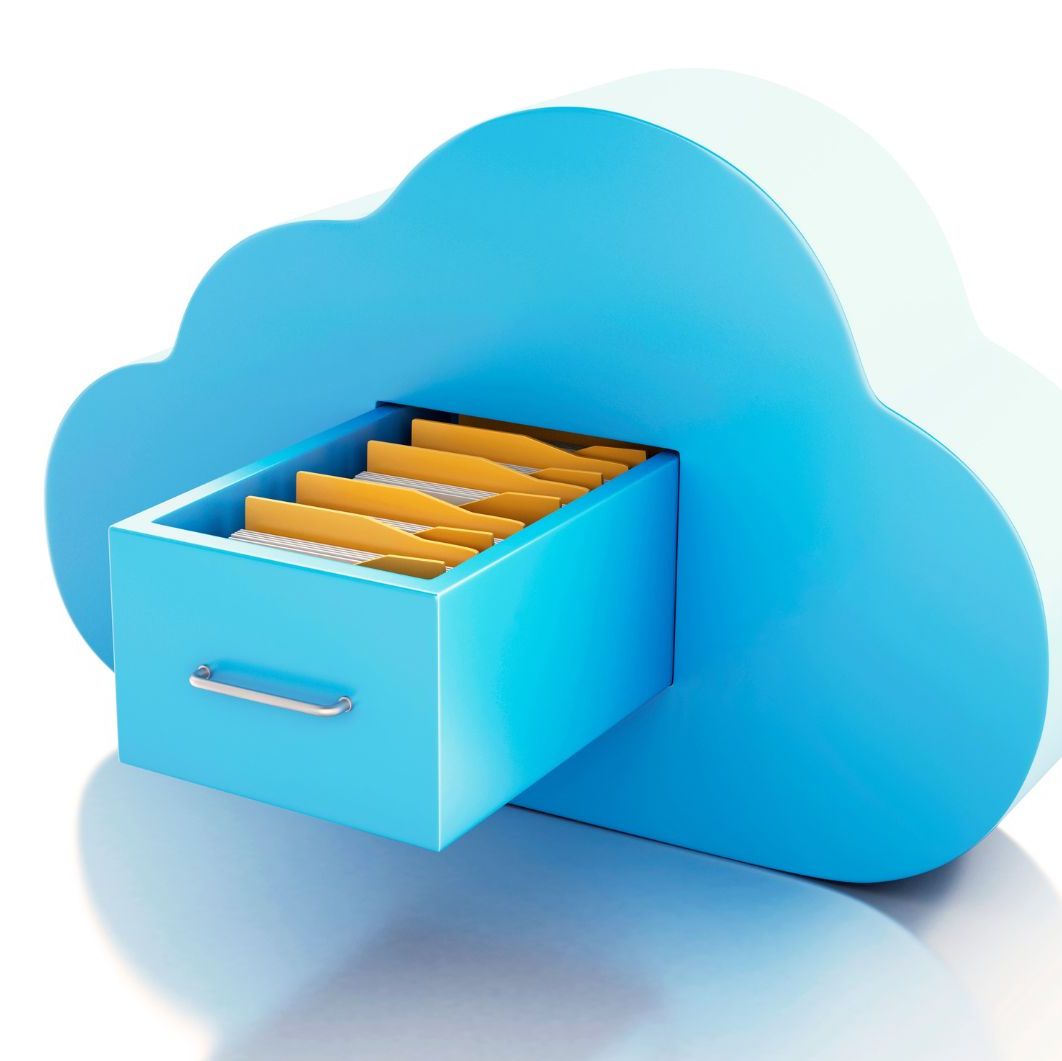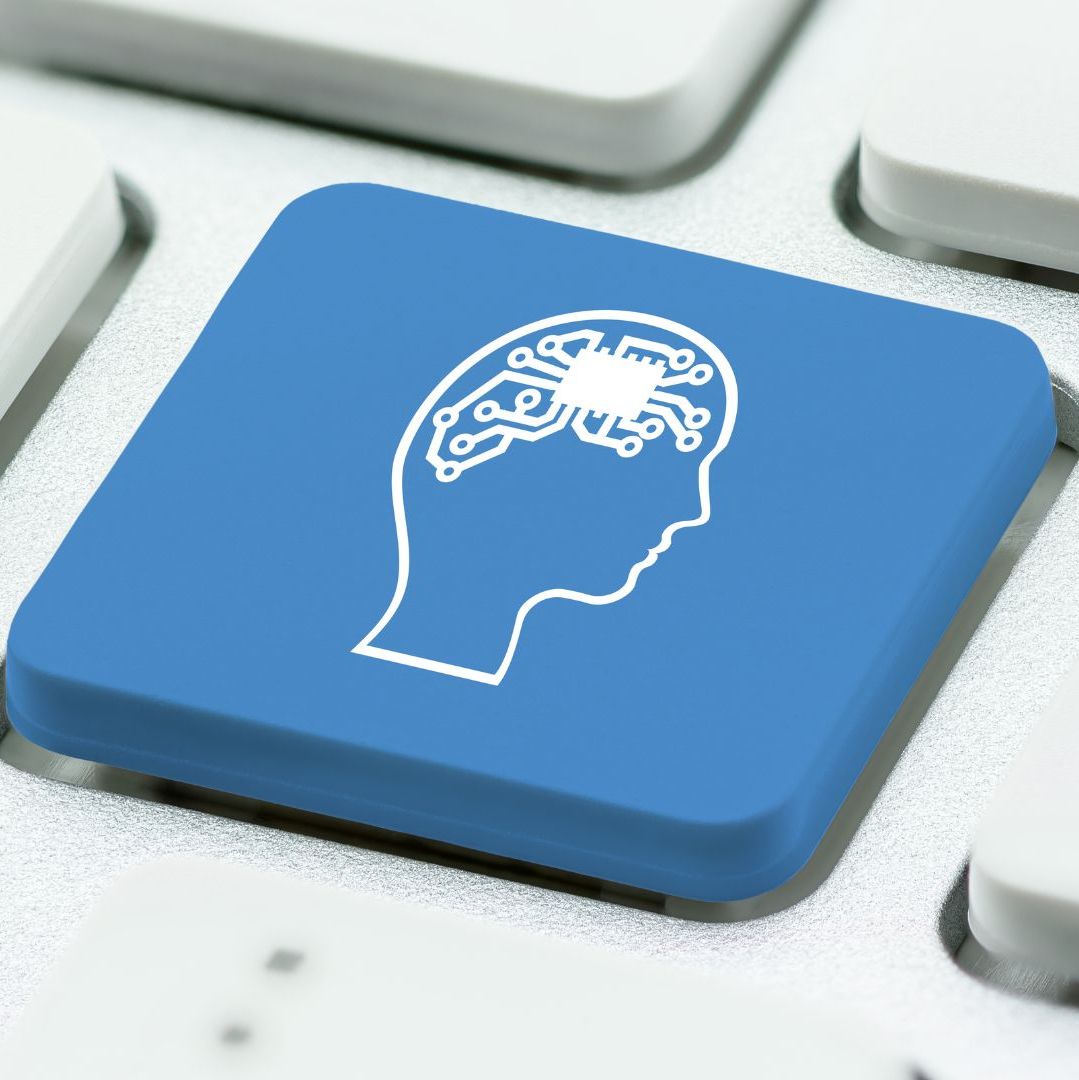Transcription Access Solutions for Remote Work Teams
Accessing Transcripts: Solutions for Digital Content Management
In today’s digital environment, the ability to efficiently access transcripts is pivotal for operational success, especially within remote work contexts and digital content management. With the increasing prevalence of virtual meetings, educational webinars, and remote collaboration, transcription access serves as a crucial tool for enhancing productivity and communication.
How can we best access these completed transcripts? Here are some pertinent questions:
- How do cloud-based platforms enhance transcription accessibility?
- What are the implications of transcription access for remote work?
- Which digital content management strategies are optimised by improved transcript access?
Introduction to the Importance of Easy Transcript Access
Effective transcription access is fundamental in today’s digital age, offering significant benefits for remote work, content management, and e-learning. Providing a reliable and easily navigable means to access transcripts is crucial for ensuring operational efficiency and fostering a collaborative remote work environment.
Key Thoughts On Accessing Transcripts in Remote Work and Digital Workflows
Cloud-Based Platforms for Transcript Access
How cloud-based solutions facilitate easy access, sharing, and storage of transcripts in a remote work environment. The benefits of cloud storage in terms of scalability, accessibility, and security.
Cloud-based platforms have become a cornerstone for managing transcript access, particularly in environments where remote work is prevalent. These platforms facilitate not only the storage of transcripts but also their easy retrieval and sharing across teams, irrespective of geographical boundaries. The primary appeal lies in the system’s scalability; as business needs grow, so too can the storage capabilities without significant investment in physical infrastructure. Additionally, cloud storage solutions offer robust security measures, which are essential when handling sensitive or confidential information.

Moreover, the accessibility provided by cloud-based platforms ensures that transcripts can be accessed on various devices, including smartphones and tablets, allowing team members to stay informed and responsive even when on the move. This level of accessibility is complemented by advanced search functionalities and indexing, which make navigating through large volumes of transcripts straightforward and time-efficient.
For remote teams, this means enhanced collaboration as transcripts become easily shareable and can be annotated or commented on in real time, fostering a more integrated approach to information management and decision-making.
Enhancing Remote Collaboration Through Transcripts
The role of transcripts in improving communication among remote teams, enabling clearer understanding and better follow-up on meetings and discussions.
The integration of transcripts into remote work environments significantly enhances communication by providing a textual record of discussions and meetings. This is particularly valuable in scenarios where team members may face challenges due to different time zones or cannot attend meetings live. Transcripts serve as a reliable reference that can be revisited anytime, ensuring that no critical information is lost and allowing team members to stay on the same page. Additionally, having access to transcripts enables clearer understanding and better follow-up actions as employees can review discussions in detail, capturing nuances that may be missed during real-time communication.
Furthermore, transcripts can be integrated with collaboration tools such as Trello or Slack, where they can be shared and discussed further within the team. This practice helps in maintaining transparency and continuity in projects, as team members can refer back to the transcripts for clarification or validation of decisions made during meetings. This level of detailed documentation is crucial for maintaining effective communication and continuity in workflows, especially when managing remote teams that rely heavily on digital communication tools.
Transcripts and Digital Content Management
How transcripts can be integrated into digital content strategies, enhancing content creation and management processes for digital marketers and content managers.
In digital content management, transcripts act as a foundational element that enhances both the creation and dissemination of content. For digital marketers and content managers, transcripts provide a text-based format of audio and video content that can be repurposed across multiple platforms. Whether it’s generating blog posts from webinar recordings or creating social media snippets from conference talks, transcripts allow for quicker content turnaround. This capability not only speeds up the content creation process but also enriches the content’s SEO potential, driving more traffic and engagement from textual content derived from multimedia sources.
Additionally, transcripts can serve as a backbone for metadata creation in content management systems, helping improve the organisation and search-ability of digital assets. By tagging and categorising transcripts along with corresponding audio and video files, content managers can streamline the retrieval process and optimise digital archives. This integrated approach ensures that all forms of media are leveraged efficiently, maximising the impact of the content produced and supporting a more dynamic and responsive content strategy.
Transcripts in E-Learning Platforms
How e-learning platforms utilise transcripts to enhance learning experiences, provide accessible content, and support diverse learning preferences.
Transcripts are a critical component in e-learning platforms, enhancing the learning experience by providing students with accessible and diverse educational content. For learners who prefer reading to listening, or for those who are hearing impaired, transcripts ensure that educational materials are inclusive and accessible to all. Additionally, transcripts allow for the use of interactive elements such as keyword searches and linked glossaries, which aid students in navigating through learning materials more effectively and deepening their understanding of the subject matter.
Moreover, the integration of transcripts into e-learning can facilitate a more interactive and engaged learning environment. Through the use of annotated transcripts that include additional resources, hyperlinks, and collaborative comments, educators can create a rich, multimedia educational experience that caters to various learning styles. This not only supports individual learning preferences but also enhances the overall effectiveness of the educational content, making learning both comprehensive and engaging.
Security and Privacy Considerations in Transcription Access
Security measures and privacy concerns involved in managing and accessing transcripts, including compliance with international data protection laws.
When dealing with transcripts, especially those containing sensitive or confidential information, security and privacy are of paramount importance. Compliance with international data protection laws such as the GDPR in the EU, or HIPAA in the United States, is crucial to safeguard personal information and maintain privacy standards. Transcription services must ensure that their data handling practices comply with these regulations to protect their clients and themselves from legal repercussions and to maintain trust with users.
To further enhance security, transcription platforms often employ several layers of protection, including end-to-end encryption of audio and text files, secure authentication mechanisms, and regular security audits. These measures ensure that unauthorised access is prevented and that data integrity is maintained throughout the transcription process.
For businesses and organisations, this comprehensive approach to security means that they can rely on transcription services without risking sensitive information, which is especially critical in industries such as legal, healthcare, and government where confidentiality is key.

User-Friendly Interfaces for Transcription Services
The importance of user-friendly transcription service platforms that facilitate easy access and manipulation of transcripts by all team members, regardless of their technical skills.
The effectiveness of transcription services greatly depends on their usability. Platforms with user-friendly interfaces allow individuals across an organisation, regardless of their technical expertise, to access and manipulate transcripts easily. This accessibility is crucial for ensuring that all team members can benefit from the service, thereby enhancing overall productivity and communication. An intuitive user interface simplifies tasks such as uploading audio files, reviewing and editing transcripts, and sharing them across teams, making these processes less time-consuming and more efficient.
Moreover, user-friendly transcription platforms often feature tutorials, customer support, and customisable settings, which help users adapt the service to their specific needs. These features are particularly beneficial for remote teams, where quick adaptation and ease of use can significantly impact project timelines and collaboration. Additionally, the ability to customise the interface and the transcription process itself—such as choosing specific languages or requesting time-stamped transcripts—can further enhance the platform’s utility, making it a versatile tool in any remote team’s workflow.
Integration of Transcription Services with Other Remote Tools
How transcription services can be integrated with other remote work tools such as project management software, communication platforms, and CRM systems to streamline workflows.
The integration of transcription services with other remote work tools significantly streamlines workflows and enhances team collaboration. By connecting transcription tools with project management software, communication platforms, and CRM systems, teams can maintain a seamless flow of information and reduce the redundancy of tasks. For example, integrating transcriptions directly into a project management tool allows team members to attach transcripts to specific tasks or projects, providing context and detailed information without requiring team members to switch between multiple platforms.
This connectivity not only saves time but also ensures that all relevant information is easily accessible and linked directly to specific projects or customer interactions. Such integration is particularly advantageous for customer service teams who use CRM systems to track interactions and resolve customer queries. By having access to call or meeting transcripts directly within the CRM, team members can provide more personalised, informed responses to customers, improving service quality and customer satisfaction.
Customisation and Flexibility in Transcription Services
How customisable transcription services meet the specific needs of different remote teams and projects, including language options, formatting preferences, and turnaround times.
Customisation and flexibility are key features that enhance the usability of transcription services for remote teams and various projects. By offering services that cater to specific needs, such as multiple language options, various formatting preferences, and different turnaround times, transcription providers can serve a broader range of clients. This adaptability not only makes the service more appealing to global teams working across different time zones but also ensures that the final product is useful for the intended purpose, whether it be for detailed legal documentation, medical records, or educational materials.
Furthermore, the ability to customise services allows organisations to control costs and manage resources more effectively. For instance, a team may choose a quicker turnaround time for urgent projects but opt for a standard delivery at a lower cost for less critical tasks. Additionally, the option to select between automated transcription for rough drafts or human transcription for polished, final documents provides an additional layer of control over the quality and cost of the service, ensuring that teams can maintain high standards without exceeding budget constraints.
Cost Efficiency in Transcription Services
Insights into cost-effective transcription access solutions, comparing subscription models, pay-as-you-go options, and the economic benefits of choosing the right service.
Cost efficiency is a crucial factor when choosing transcription services, especially for businesses looking to optimise their operational expenditures. Subscription models can offer economies of scale for companies with ongoing transcription needs, providing lower per-minute rates as opposed to piecemeal, pay-as-you-go options. For smaller teams or projects with sporadic transcription needs, a pay-as-you-go model might be more cost-effective, allowing them to pay only for the services used without committing to a monthly fee.
In evaluating the economic benefits of transcription services, it’s important to consider not only the direct costs but also the indirect savings brought about by increased productivity and time savings. For instance, automated transcription services can quickly produce drafts that team members can refine, reducing the amount of time spent on transcription and allowing professionals to focus on more strategic tasks. This shift from manual to automated processes can significantly decrease operational costs and increase the value derived from transcription services.
Advanced Technologies in Transcription
The impact of emerging technologies like AI and machine learning on the accuracy and speed of transcription services, and their role in enhancing transcription access for remote teams.
Artificial intelligence (AI) and machine learning (ML) are transforming the landscape of transcription services, enhancing both the accuracy and speed of text generation. AI-driven transcription tools are increasingly capable of handling complex vocabularies and accents, as well as improving over time through machine learning algorithms that learn from corrections and user feedback. This continuous improvement cycle not only enhances the accuracy of transcripts but also reduces the turnaround time for completed documents.

Moreover, the application of advanced technologies extends beyond simple transcription. AI and ML are being used to develop more sophisticated services such as real-time transcription, which can be particularly useful during live events or virtual meetings, ensuring that all participants have immediate access to written records of proceedings.
This capability is not only a boon for accessibility, enabling participants who are deaf or hard of hearing to fully engage with live content, but also enhances the overall efficiency and inclusivity of communication within remote teams and at digital events.
Key Tips for Efficient Transcription Access
- Ensure Accessibility: Opt for cloud-based platforms that allow easy access from various devices and locations.
- Emphasise Security: Choose transcription services that prioritise data security and are compliant with global data protection regulations.
- Seek Integration Capabilities: Utilise transcription services that seamlessly integrate with other tools used by your remote team.
- Demand Customisation: Select services that offer customisable options to cater to the specific needs of your team or project.
- Prioritise User Experience: Use platforms with intuitive interfaces that all team members can easily navigate.
This discussion highlights the critical role of efficient transcription access in supporting remote teams and enhancing digital workflows. Solutions like Way With Words stand out by offering tailored, secure, and easy-to-integrate transcription services that significantly benefit remote work settings.
For remote teams and digital content managers, the ability to access and utilise transcripts efficiently is not just a convenience but a necessity. Investing in robust, flexible, and secure transcription access solutions is key to enhancing productivity and collaboration in a digital-first world.
Transcription Access & Remote Teams Resources
Way With Words – Your ultimate solution for all your transcription and speech-to-text needs and custom requirements.
Medium – Common Challenges in Recording Transcription.
Adopting state-of-the-art transcription technologies facilitates not only effective content management but also promotes a more connected and engaged workforce, propelling organisations toward greater success in the digital landscape.
